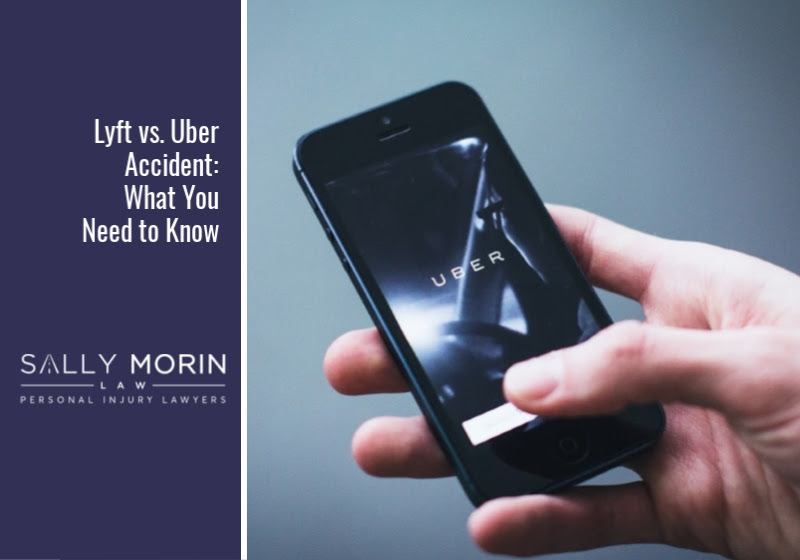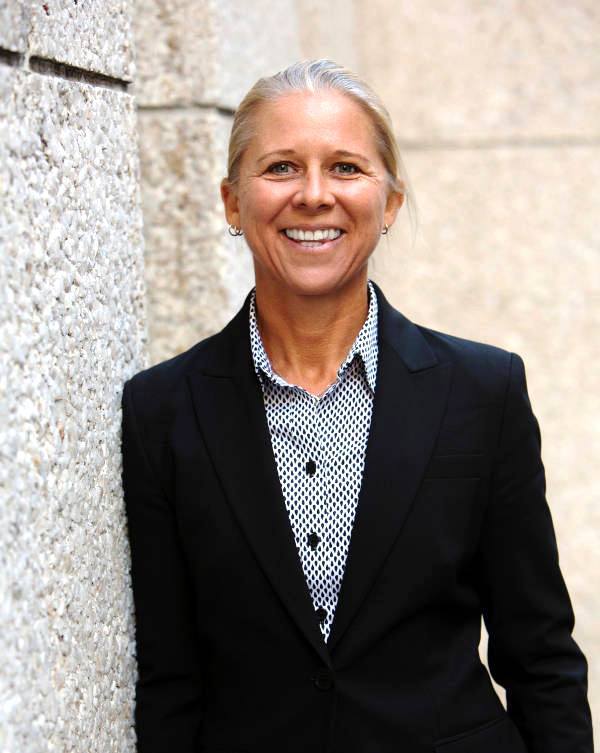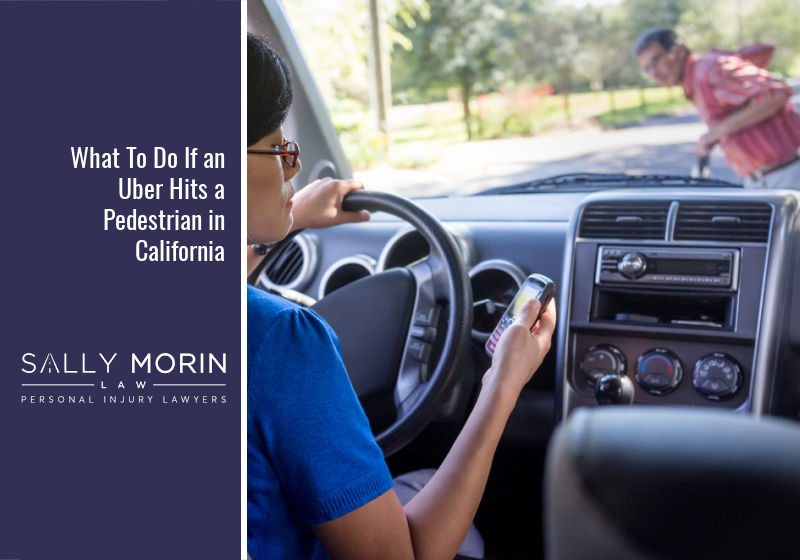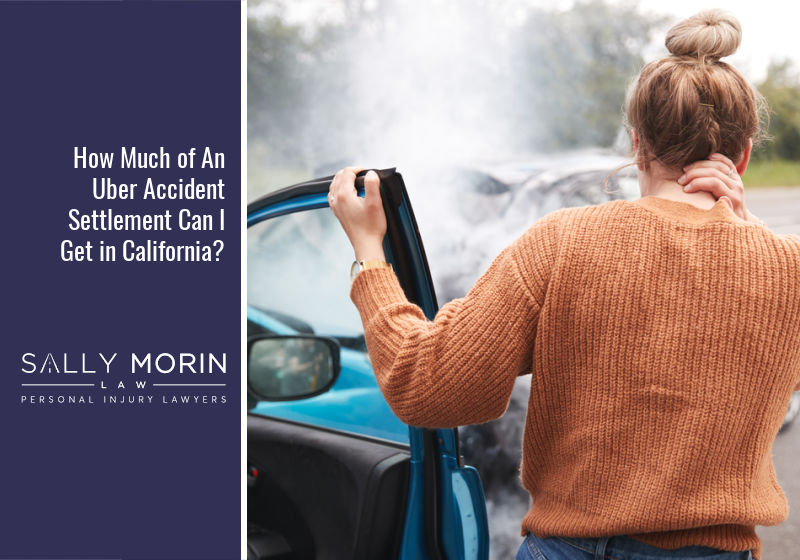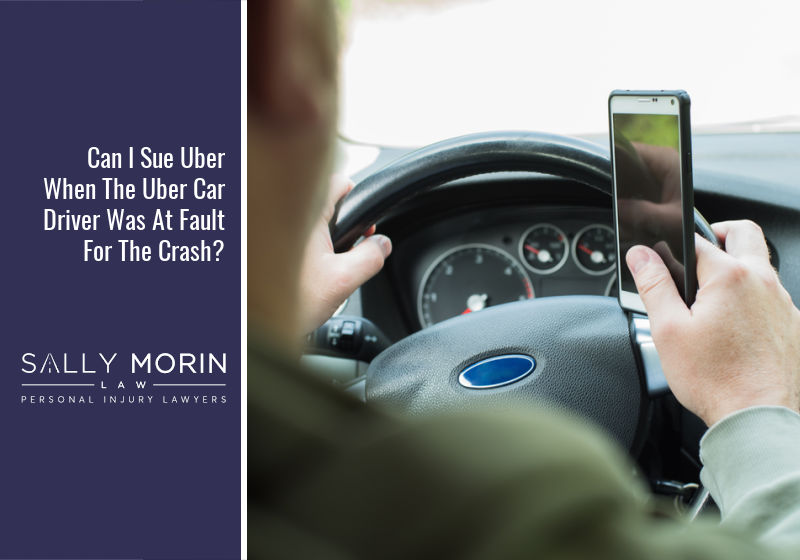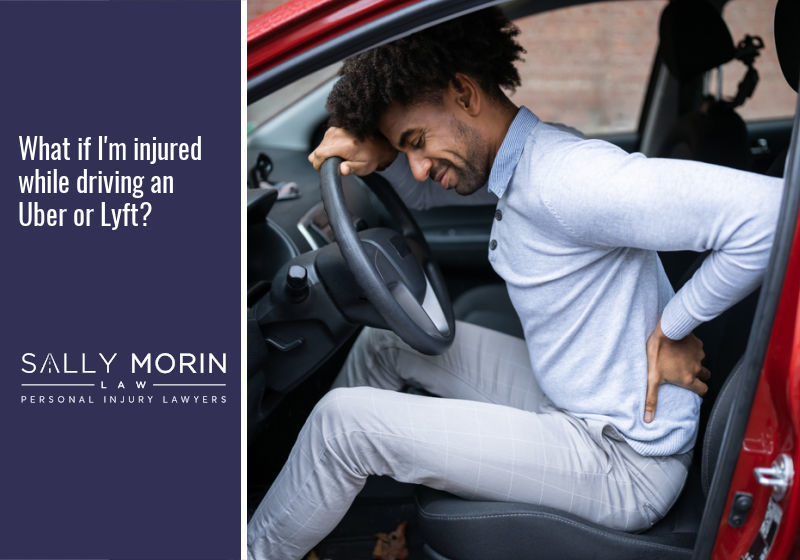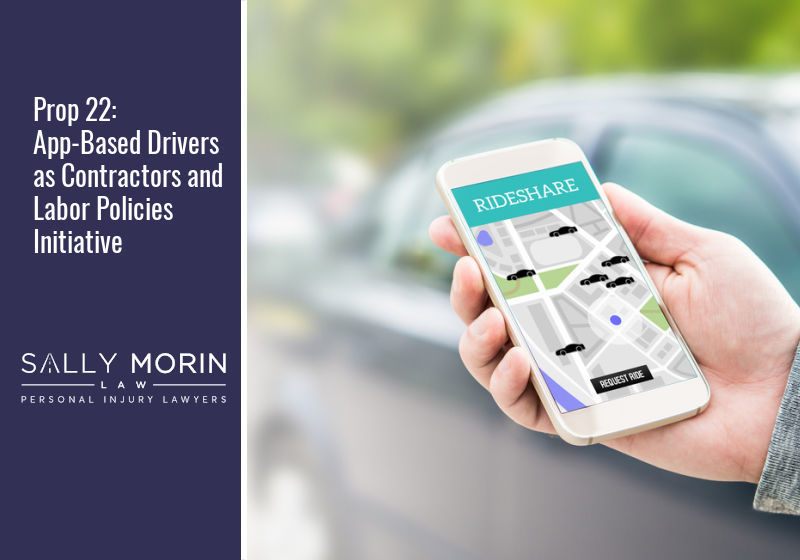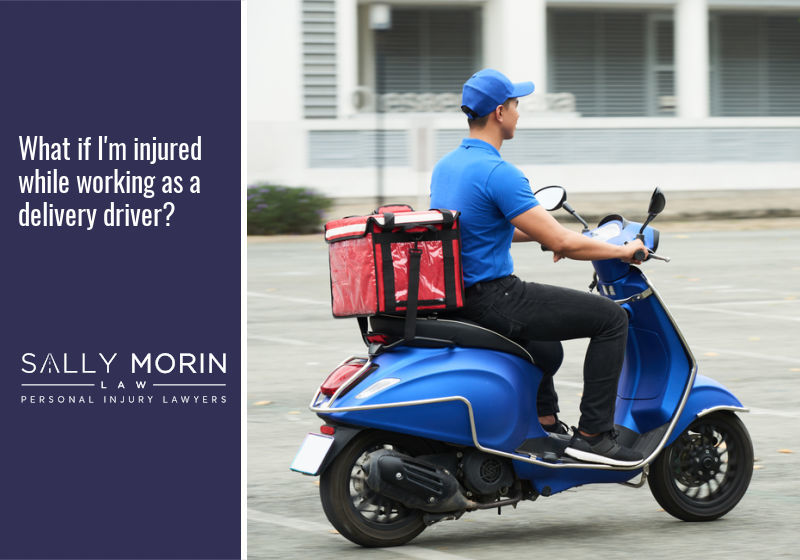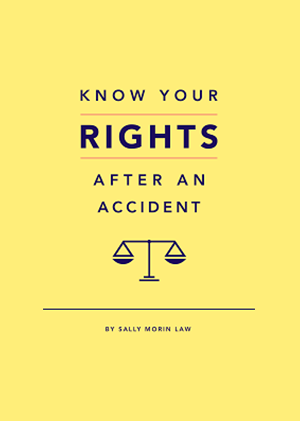Lyft vs. Uber Accident: What You Need to Know
Ridesharing was born right here in the Bay area. San Francisco is the hometown of Uber, which has become the most popular and dominant of these services. Lyft, Uber’s main competitor, as well as lesser-known rideshare companies like Ziro are also taking big bites out of the rideshare market.
The residents of California’s cities seem to have a love-hate relationship with ridesharing. While we love the convenience of calling an Uber, it’s distressing to see how many traffic violations and rideshare accidents are happening.
Uber and Lyft have repeatedly come under fire for the way they handle crashes and a recent report found that these companies may be misleading the public about rideshare accidents. They don’t want you to know how risky it really is to use their services or even just have them on our nation’s roads.
As a personal injury law firm with offices in San Francisco, San Jose, Oakland, and Los Angeles, we keep a close watch on ridesharing companies – especially how they handle injuries their drivers cause. It can sometimes be disheartening. Uber and Lyft have been actively fighting new safety regulations from the state of California.
You may have heard about a huge change in how the state of California views rideshare drivers. You should know that California law regarding rideshare services is constantly evolving. Lawmakers are scrambling to update the law. Learn the latest here.
Insurance plays a huge role in these claims. Here’s what you need to know about Lyft vs. Uber accidents if you’re a passenger, driver, bicyclist, or pedestrian, including how insurance will be involved.
Personal Auto Insurance Policies Don’t Cover Lyft or Uber Accident Victims
It’s frustrating but true: Getting the compensation you deserve can be a real hassle. The most important thing that people need to understand about ridesharing accidents is that you can’t necessarily rely on the Uber or Lyft driver’s personal auto insurance to pay up.
Personal auto insurance policies almost always contain a clause that negates coverage if the vehicle is being used “for hire” or if the driver is benefitting commercially from the ride. These provisions are added to limit an insurance company’s liability in the event that the Uber or Lyft driver causes an accident. In short, this is a money-saving tactic that can leave drivers in a tough spot should they be found at fault.
However, as an injured person, you do have other options for pursuing compensation after an accident. Instead of the rideshare driver’s personal auto insurance, commercial/rideshare insurance may cover it.
Commercial and Rideshare Insurance Policies for Lyft and Uber Accidents
California law requires rideshare companies like Uber and Lyft to hold $1 million insurance policies in case someone is injured in an accident. After your accident, you’ll need to consider which rideshare service you were using and determine which insurance company will be involved.
Uber’s partner program offers its drivers coverage with major insurance carriers like Allstate, Liberty Mutual, Progressive, and others. In the event of a covered accident, a passenger could qualify to receive payment for their injuries and other damages.
Lyft coverage provides options for collision, liability, and uninsured motorist insurance. Of course, Lyft – like Uber and other companies – is very careful to state that this insurance only applies during certain periods. To understand what this means, read on for our explanation about ridesharing coverage periods.
Rideshare Driving Periods are Important to Note in Case of a Lyft or Uber Accident
Both Uber and Lyft view their services’ rides as having distinct driving periods. Here’s a breakdown of how each company handles coverage.
Uber Accident Insurance Periods
Uber rideshare insurance coverage depends on three periods:
Period 1: The driver is offline or the app is off.
During this period, the driver’s personal insurance coverage, which could be minimal, applies, not Uber insurance.
Period 2: The driver is available or waiting for a ride request (the app is on).
When a driver is in this period, Uber maintains third-party liability coverage if personal auto insurance doesn’t apply, including $50,000 in bodily injury per person, $100,000 in bodily injury per accident, and $25,000 in property damage per accident.
Period 3: The driver is en route to pick up riders or is actively driving a passenger.
While a driver is actively picking up or driving passengers, Uber maintains at least $1 million in third-party liability insurance, uninsured/underinsured motorist bodily injury coverage, contingent comprehensive and collision coverage, and up to the cash value of the car with a $1,000 deductible.
Lyft Accident Insurance Periods
Lyft accident insurance coverage is similar to Uber’s but they phrase it somewhat differently. Here’s how Lyft describes its coverage periods.
Period 1: Driver mode is off.
During this period, the driver’s personal insurance coverage applies, not Lyft insurance.
Period 2: Driver mode is on but no ride has been accepted.
Lyft’s primary liability coverage provides coverage when the app is in driver mode but before the driver has received a ride request, in the event that the driver’s personal insurance does not apply. The policy has a $50,000 maximum limit per person, $100,000 maximum limit per accident, and a $25,000 maximum limit for property damage with no deductible.
Period 3: A ride has been accepted, through when the ride ends.
Lyft primary liability insurance acts as the primary coverage from the time a driver accepts a ride request until the time the ride ends in the app. There is $1 million of coverage per accident. If a driver already carries their own commercial insurance, or personal coverage providing specific coverage for ridesharing, Lyft’s policy continues to be excess to this coverage.
$500K Uber Accident Settlement
As an experienced Uber accident attorney, I’ve helped many victims pursue claims against Uber and Lyft. Many of these cases have resulted in significant settlements including a $500k settlement for a cyclist hit by an Uber driver in the new bike lane on Oak Street at Divisadero.
Lyft or Uber Accident – Is There Really a Difference?
Every accident is unique, but you probably wouldn’t notice much difference between how Lyft and Uber handle it. As a team of personal injury attorneys with years of experience handling Uber and Lyft accident injury cases, we can tell you both companies are equally difficult to work with. Both want your claim to go away as quickly as possible, with minimal cost to them.
Uber and Lyft have both been very active the past few years in fighting California’s latest laws that impact increased ridesharing safety. AB 2293 was passed in 2015 and AB 5 took effect in 2020, and the ridesharing companies fought both of these laws. But since they were passed, consumers like you are reaping the benefits in terms of safety and legal recourse after accidents.
It’s extremely important to understand that under California law, a passenger, bicyclist, or pedestrian who is injured in an Uber or Lyft accident has the right to demand compensation from a rideshare company. And this is not limited to just accepting what the rideshare insurance offers. Victims can pursue claims against drivers’ personal insurance policies as well.
You Need A Lyft and Uber Accident Lawyer
Regardless of which ridesharing service you choose, your rights are the same. If you’ve been injured in a Lyft or Uber accident, the driver’s insurance company, and/or the ridesharing company’s insurance may be legally required to pay for your past and future medical bills, lost wages, vehicle damage, and pain and suffering. But getting the compensation you deserve won’t be easy. Hiring an experienced rideshare accident lawyer is your best bet!
We’d hate to see you struggle to get the money you deserve while these ridesharing companies throw out lowball figures at you hoping to get out of it quickly and cheaply. You need a lawyer on your side to get every penny you deserve. Call 833-SALLY-SF today or get a FREE online Lyft or Uber case evaluation now to see how we can help.
We Handle Your Personal Injury Claim So You Can Focus on Your Life

After an injury, contact the attorneys at Sally Morin Personal Injury Lawyers. We handle many areas of the law, including Uber and Lyft accidents. We believe you should be able to focus on recovering while we handle the legal details. We truly care about the people of California. Contact us today for a free online case evaluation.
